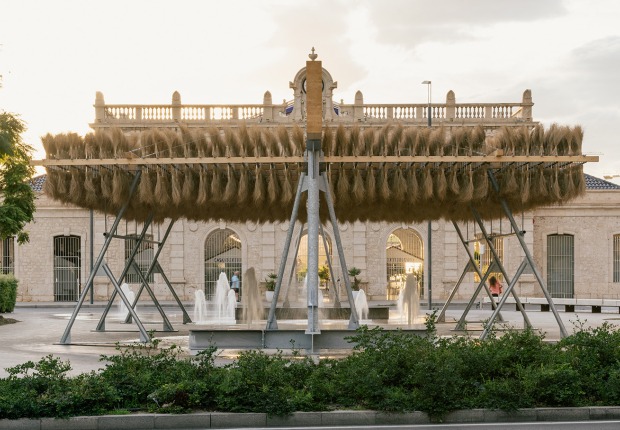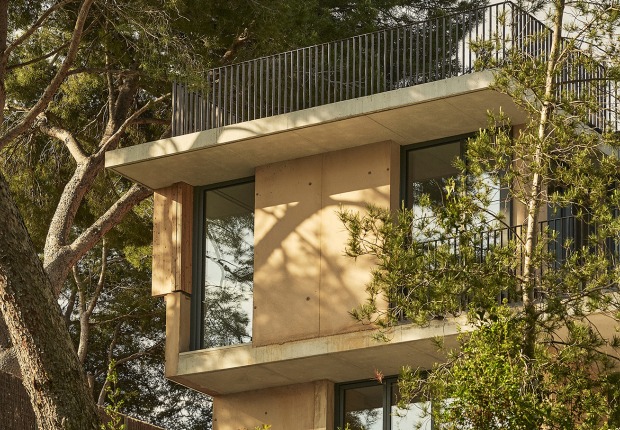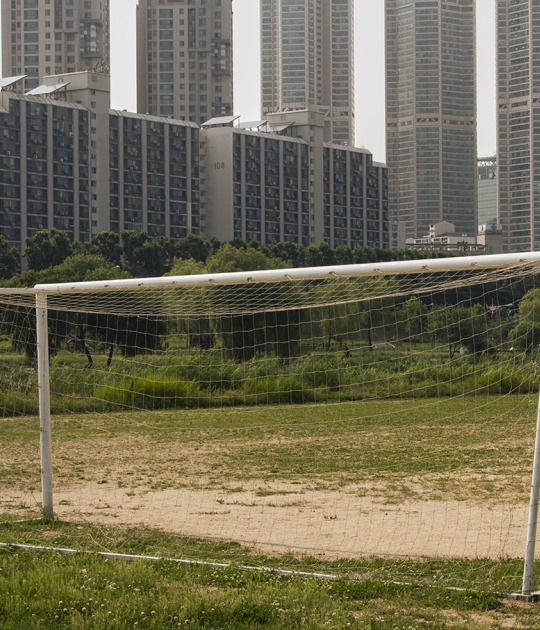Nickolas Muray. Nació como Miklos Mandl el 15 de febrero de 1892 en Szeged, Hungría. Aunque su nombre aparece en el registro de nacimiento de la comunidad judía, no se le dio un nombre judío. Dos años más tarde, su padre Samu, que trabajaba como empleado postal, trasladó a la familia a Budapest en busca de mejores oportunidades educativas y económicas. Sus padres favorecieron a Miklos sobre los otros niños, pues él era el más inteligente y excepcionalmente guapo, con una personalidad atractiva. No sólo tenía temperamento, sino que era fuerte, rebelde y no estaba dispuesto a aceptar el "no" como respuesta. A menudo humillado por el antisemitismo desenfrenado, le molestaba que le negasen, por ser judío, las oportunidades dadas a otros chicos. Decidió, de niño, que algún día vería el mundo y nunca se limitaría a las limitaciones impuestas por una sociedad injusta.
En agosto de 1913, armado con 25 dólares, un diccionario de esperanto de cincuenta palabras y una determinación implacable, Miklos Murai, de veintiún años de edad, llegó a Ellis Island, donde se convirtió en Nickolas Muray. Inmediatamente encontró trabajo en Greenpoint, Brooklyn, en Stockinger Printing Co, haciendo grabado y separación de colores. Se inscribió en las clases nocturnas de inglés, deseoso de dejar atrás cualquier rastro de su acento, y se proclamó ateo.
En 1920, un amigo sugirió que Nick abriera su propio estudio. Nick se mudó a un apartamento de 2 habitaciones en el 129 MacDougal Street en Greenwich Village, donde vivía en una habitación y trabajaba en la otra. Forzado a economizar al principio, Nick mantenía todas las luces apagadas, excepto una bombilla. Cuando un cliente tocaba el timbre, encendía todas las luces. Afortunadamente, Nick no tuvo que esperar mucho para su gran oportunidad. El director artístico de Harper's Bazaar encargó a Nick que fotografiara a Florence Reed, que estaba protagonizada por Broadway.
Durante la noche, su estilo de enfoque sugestivo y suave de la fotografía de retrato se convirtió en una sensación. Pronto estaba fotografiando a todo el mundo que era cualquiera: actores, bailarines, estrellas de cine, políticos y escritores. A medida que creció más éxito, celebró la noche del miércoles soirees en el estudio de amigos y conocidos para reunirse, comer y beber - muchos trajeron frascos, ya que era tiempo de prohibición. No era raro que aparecieran Martha Graham, Langston Hughes, Helen Hayes, Paul Robeson, Gertrude Vanderbilt, Eugene O'Neill, o incluso Jean Cocteau.
En 1923 Nick conoció al artista Miguel Covarrubias, cuya amistad cambiaría la vida de Nick. Nick y Miguel contribuyeron a muchas de las mismas publicaciones, y se convirtieron en los mejores amigos. Nick visitó a Miguel en su México natal en 1931. En ese viaje, Nick conoció a Frida Kahlo, quien estaba casada con Diego Rivera. El primer encuentro de Nick y Frida fue ciertamente casual, como Frida debía haber estado con Diego en San Francisco.
Durante los siguientes diez años, Nick y Frida llevaron a cabo una historia de amor en la que viajaron para verse en diferentes ocasiones a México y Nueva York. Su amor está ricamente documentado, tanto en su correspondencia mutua, como por los icónicos retratos de Nick de Frida. A pesar de su pasión mutua, Nick finalmente llegó a ver que Frida siempre permanecería fiel a Diego. Siguió con su vida en Nueva York, pero una parte de él siempre estaría enamorado de Frida.
Después de la caída del mercado bursátil, Nick cambió su enfoque principal a la fotografía publicitaria. En 1931 Nick fue pionero en la primera ilustración de una fotografía en color que se editaría en una revista de de gran difusión estadounidenses, un anuncio de piscina en Ladies 'Home Journal con diecisiete modelos en vivo llevando ropa de playa en Miami. Incluso cobrando 1.000 dólares por una página en color, no podía responder a los pedidos con suficiente rapidez. Pronto también tuvo un contrato con Time para hacer portadas de color para la revista. En este período, Nick se convirtió en uno de los principales realizadores de fotografía en color.
A lo largo de su vida, Nick practicó la esgrima en los niveles más altos. Aún manteniendo su lugar en la vanguardia de su profesión, encontró tiempo para entrenar y competir. Fue campeón del Saber EEUU en 1928 y 29, y representó a los EEUU en los Juegos Olímpicos de 1928 y 1932.
Nickolas Muray murió al esgrima en la ciudad de Nueva York, en 1965. En el momento de su muerte, había ganado más de sesenta medallas de esgrima, y fue aclamado como "Uno de los veinte mayores esgrimistas de la historia americana".





























